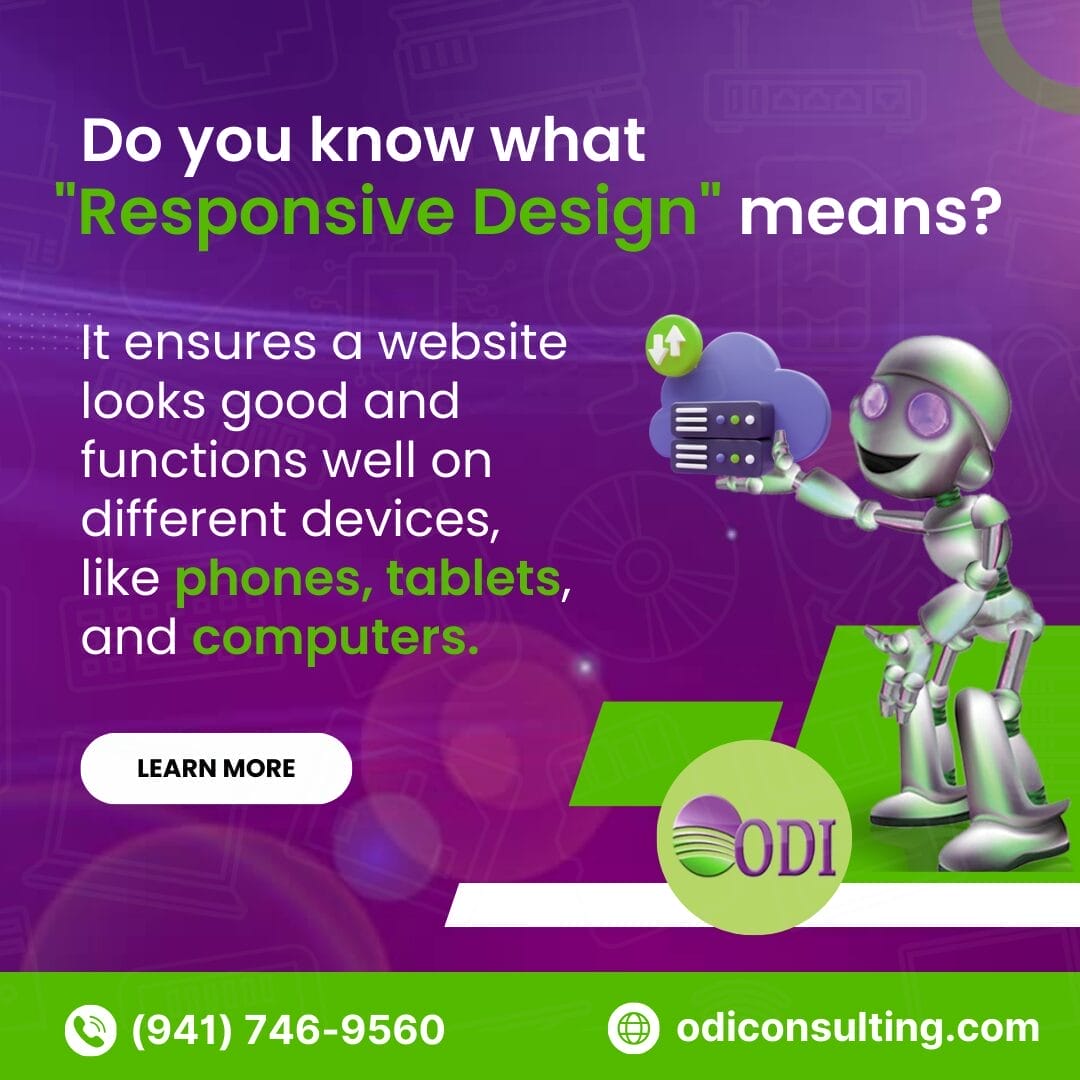Responsive design is not merely a trend; it’s a necessity in modern web development. It’s a methodology that enables websites to adapt dynamically to the screen size and orientation of the device being used to access them. In simpler terms, it ensures that your website looks great and works effortlessly whether it’s viewed on a tiny smartphone screen or a large desktop monitor.
At its core, responsive design is about user experience. Imagine visiting a website on your smartphone, only to find that you have to zoom in and out constantly to read the content or navigate the pages. Frustrating, isn’t it? Responsive design eliminates such annoyances by automatically adjusting the layout, font sizes, images, and other elements to fit the screen size, providing users with a seamless browsing experience.
So, how does responsive design work its magic? It’s all about flexible grids and layouts, combined with CSS media queries. Instead of designing separate versions of a website for different devices, responsive design uses a single codebase that responds intelligently to the user’s device. This not only saves time and resources but also ensures consistency across all platforms.
One of the key benefits of responsive design is improved accessibility. With more people accessing the internet via mobile devices than ever before, it’s imperative to cater to this audience. A responsive website ensures that everyone, regardless of the device they’re using, can access your content easily, which can lead to increased engagement and conversions.
Moreover, responsive design is also favored by search engines like Google. In 2015, Google announced that mobile-friendliness would be a ranking factor in its search algorithm. This means that responsive websites are more likely to rank higher in search results, driving more traffic to your site.
In conclusion, responsive design is a game-changer in the world of web development. It’s not just about making your website look good on different devices; it’s about providing users with an optimal browsing experience, regardless of how they choose to access your site. By embracing responsive design principles, you can ensure that your website remains relevant and effective in today’s mobile-centric world. So, if you haven’t already, it’s time to make your website responsive and future-proof your online presence.










